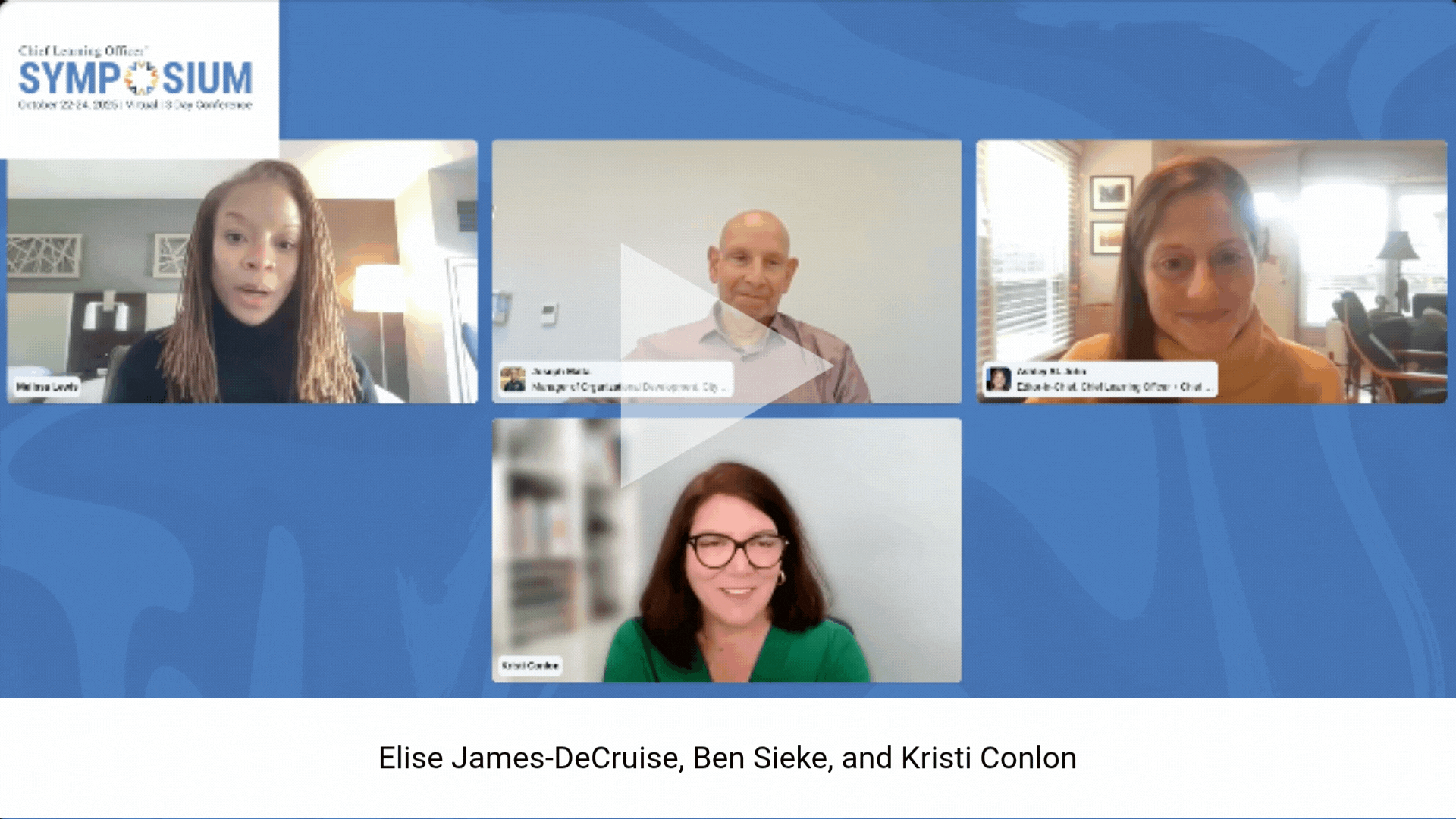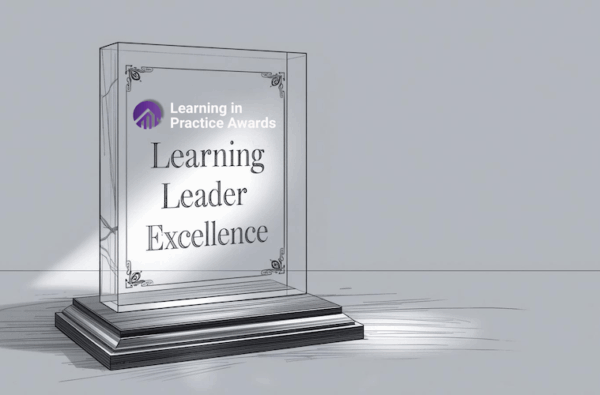 In 1994, software company Asymetrix released ToolBook, a computer-based training authoring tool that made it possible for virtually anyone to create web-based training programs. It was a defining moment that changed the way companies think about how and where employees learn.
In 1994, software company Asymetrix released ToolBook, a computer-based training authoring tool that made it possible for virtually anyone to create web-based training programs. It was a defining moment that changed the way companies think about how and where employees learn.
Since then, online learning has gotten cheaper and easier to create and store, making it possible for learning groups to disseminate millions of pieces of content to serve every learner’s needs. At the same time, new technologies have emerged to enable learning to happen at the point of need via mobile phones, wearables and cloud-based learning management systems.
Current advances in machine learning and artificial intelligence will continue this evolution by enabling an LMS to automatically predict what content learners need, and to customize it so that they only receive relevant lessons. These advances won’t just change the way learners engage with content. They will fundamentally alter the CLO’s job and how their teams work.
Develop a New Skill Set
Technology has changed how quickly and efficiently learning leaders craft and deliver employee training to reach diverse learner populations, what skills they need to succeed, and what purpose they serve in the organization, said Tonya Corley, head of the global center of excellence on digitization and learning for McKinsey and Co. She said her biggest shift came in the early 2000s, when the economy was struggling and budgets for corporate travel dried up. “We still had to reach learners, so it forced us to become more innovative.”
Companies started acquiring or building e-learning libraries and harnessing videoconferencing to teach remote learners in a classroom-like setting. That was only the beginning, she said. The constant stream of new technologies — and the move from enterprise systems to cloud-based solutions — meant learning leaders had to evolve from workforce development planners to technology experts who understood how to vet learning vendors, choose new development platforms, and curate content from inside and outside the company to meet multiple generations of learners.
“It changed what it means to be a learning professional,” said Dani Johnson, vice president of learning and development research for Bersin by Deloitte. “As companies tried to figure out how to use these technologies, the onus fell to the learning leaders to answer their questions.” Over time that forced CLOs to adopt new skill sets and build stronger relationships with the IT team.
At the same time, the global economy was changing. Companies were expanding into new countries, and the talent war began heating up, forcing executives to acknowledge the importance of learning and workforce engagement to their long-term business strategies. The combination of increased demand for training and new tools to deliver it set the stage for learning leaders to gain new authority in the business. In a knowledge economy, talent became the competitive asset, causing executives to treat workforce development as core to their business strategy, Corley said. “It had a huge impact on our careers.”
It catapulted CLOs from operational support people to strategic leaders who played a crucial role in driving organizational strategy, but Johnson said not everyone could keep up. “Forward thinking CLOs saw it as an opportunity to help build the strategy of the company, but others cowered,” she explained. “It all depended on their mindset and willingness to adapt.”
Be a Change Agent
Accenture CLO Rahul Varma was one of the forward thinking learning leaders who lived through this transformation. For the past seven years, Varma has been changing the way the global consultancy delivers training, and helping to adapt its talent development and performance management strategies as the company doubled in size to 400,000 employees.
Much of that growth happened in Asia, nowhere near the company’s headquarters or brick and mortar learning centers. Varma had to recreate the learning organization to be relevant to all employees — not just those in the Western Hemisphere. “It required massive innovation, and technology was a critical enabler of it all,” he said.
His team implemented mobile learning tools; established 2,000 learning boards made up of subject matter experts who have curated more than 24,000 internally and externally developed online courses; and built 100 connected classrooms where employee groups learn together with their remote peers and instructors via video.
Varma said there was no corporate mandate to use the training, but in the past 2 1/2 years alone, all of this content has been used more than 30 million times. The popularity is generated by social sharing, and by peers and learning leaders’ endorsements.
“None of this was possible without technology,” he said. But he admitted in many cases, technology was more of a detractor than an enabler. “As a CLO you need to consider where technology belongs and where it ought not to be.”
While giving employees access to technology-enabled content is a vital step in educating a global workforce, time for reflection and an opportunity to practice what’s been learned are also key if learning is going stick. That’s where technology can get in the way. “We’ve become so obsessed with how technology makes our lives easier and boundless, we forget to make space to synthesize what we’ve learned,” he explained. No matter how cool and easily accessible learning becomes, without taking time to use lessons learned, that knowledge is fleeting.
Finding that balance has shaped Varma’s career as a CLO and his ambitions for the organization. “I’m laser-focused on looking at all learning through the lens of mindfulness, and creating durability in learning.”
He also sees himself as a coach to the senior leaders in the organization, helping them figure out how to “lead from the front” and drive the change they seek. Being a CLO today is not about understanding instructional design or what new technology to use, he said. “It’s about driving change, and building solutions that enable people to learn when and where they need to learn.”
To do that, CLOs need to be willing to experiment with new tools, challenge their people to be innovative in their technology use, and partner with IT and individual business units to pilot these technologies in response to specific learning needs. “Leading CLOs will become evangelists so that people from across the company will come to them to understand what these technologies can do,” Varma said.
Sarah Fister Gale is a writer based in Chicago. Comment below, or email editor@CLOmedia.com.















